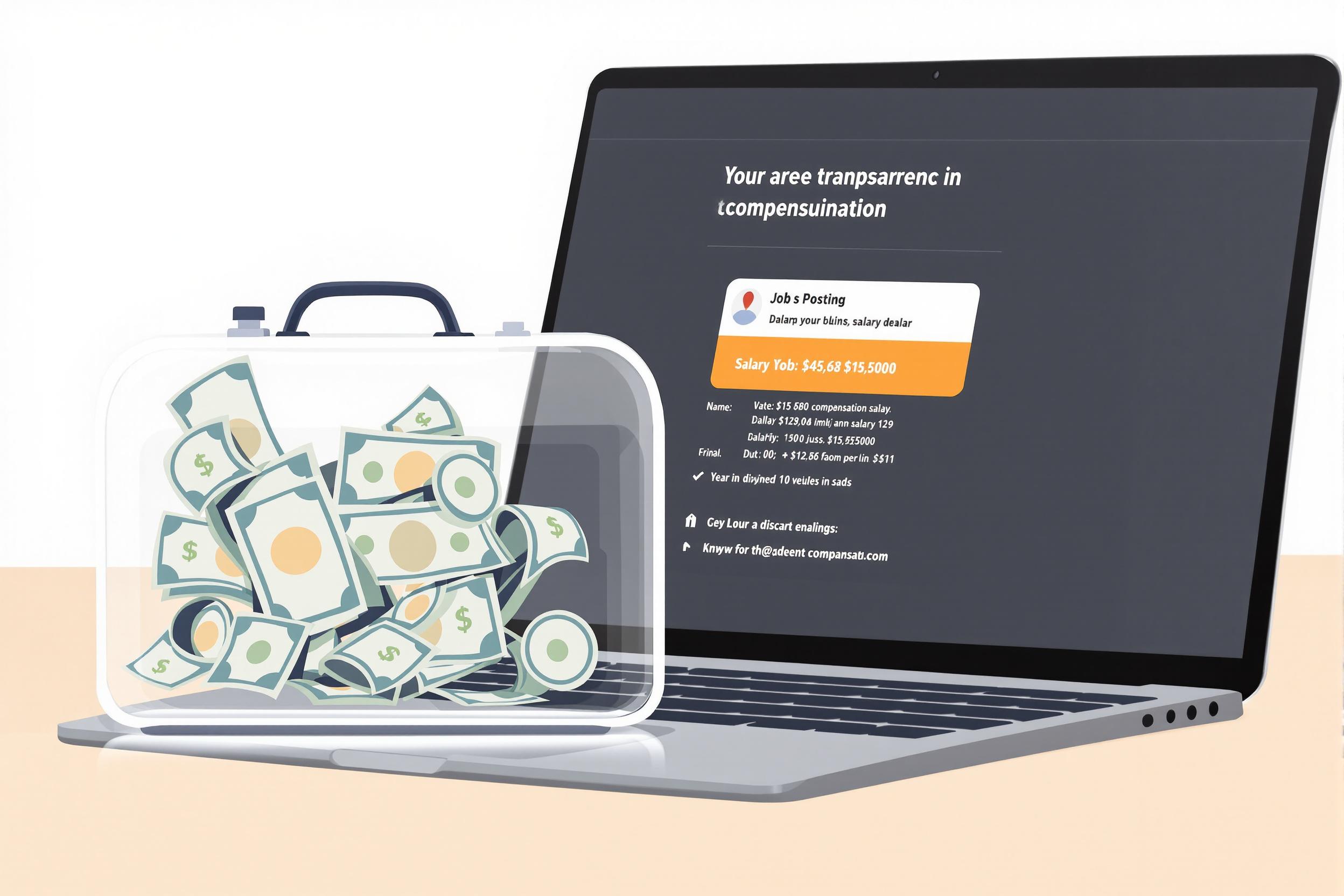
Peak Hour Surcharge
Peak Hour Surcharge is a pricing system used in taxi and ride-sharing services where extra fees are added during busy times. It's when drivers can earn more money during the busiest parts of the day, like morning and evening rush hours, or during special events. This practice helps ensure there are enough drivers available when passengers need them most. You might also hear it called "surge pricing," "dynamic pricing," or "peak fare" depending on the company. This is an important concept in the transportation industry as it affects both driver earnings and service reliability.
Examples in Resumes
Managed team of drivers during Peak Hour Surcharge periods, increasing revenue by 40%
Developed driver schedules optimized for Peak Hour Surcharge and Peak Fare opportunities
Created training materials explaining Peak Hour Surcharge and Surge Pricing policies to new drivers
Typical job title: "Transportation Managers"
Also try searching for:
Where to Find Transportation Managers
Professional Organizations
Online Communities
Example Interview Questions
Senior Level Questions
Q: How would you determine the most effective peak hour surcharge rates for different areas of the city?
Expected Answer: A strong answer should cover analyzing historical ride data, considering local events and traffic patterns, and balancing driver availability with customer demand while maintaining competitive prices.
Q: How would you handle customer complaints about peak hour surcharges while maintaining business profitability?
Expected Answer: The candidate should discuss clear communication strategies, developing fair policies, offering alternatives like scheduled rides, and maintaining good customer relations while explaining the business necessity of surge pricing.
Mid Level Questions
Q: What factors would you consider when scheduling drivers for peak hours?
Expected Answer: Should mention driver availability patterns, historical demand data, special events in the area, weather conditions, and ensuring adequate coverage during busy periods.
Q: How would you train new drivers about peak hour surcharge policies?
Expected Answer: Should discuss creating clear guidelines, explaining how surge pricing works, showing drivers how to maximize earnings, and ensuring they can explain the system to customers.
Junior Level Questions
Q: What are typical peak hours in transportation services?
Expected Answer: Should identify common rush hours (morning and evening commutes), weekend late nights, special events, and how weather can affect peak periods.
Q: How do you communicate peak hour surcharges to customers?
Expected Answer: Should discuss transparency in pricing, using apps or meters to show rates clearly, and explaining the reasons for increased fares during busy periods.
Experience Level Indicators
Junior (0-2 years)
- Basic understanding of peak pricing periods
- Customer service and communication
- Using dispatch systems
- Understanding local traffic patterns
Mid (2-5 years)
- Driver scheduling and coordination
- Peak period management
- Customer complaint resolution
- Basic data analysis for pricing
Senior (5+ years)
- Strategic pricing implementation
- Fleet optimization
- Team management and training
- Advanced market analysis
Red Flags to Watch For
- No knowledge of local rush hour patterns
- Poor understanding of pricing strategies
- Lack of customer service experience
- Unable to explain basic transportation operations
- No experience with driver management
Related Terms
Need more hiring wisdom? Check these out...

Cutting HR Costs Without Sacrificing Quality: A How-To for Savvy Executives

Salary Transparency Laws: What HR Leaders Need to Know

Workforce Solutions Aggregators: The Next Big Thing You Didn't Know You Needed

